1. Left-Handedness

Being left-handed used to be considered a serious character flaw. Schools and parents often forced kids to write with their right hand, believing left-handedness was a sign of weakness, bad luck, or even a connection to the devil. Some cultures saw it as a sign of bad morals or a rebellious spirit. Even the word “sinister” comes from the Latin word for “left,” which tells you all you need to know about the old stigma. Kids who naturally wrote with their left hand were punished, sometimes with physical discipline, just to “correct” them says BBC.
Today, no one bats an eye at someone being left-handed. In fact, it’s often seen as a fun quirk, and some people even associate it with creativity and intelligence. Famous lefties like Leonardo da Vinci, Oprah Winfrey, and Barack Obama show that it’s clearly not a disadvantage. Thankfully, schools stopped forcing kids to switch hands, and lefties can now use the writing hand they were born with—without worrying about their “sinister” reputation adds Smithsonian Magazine.
2. Divorce
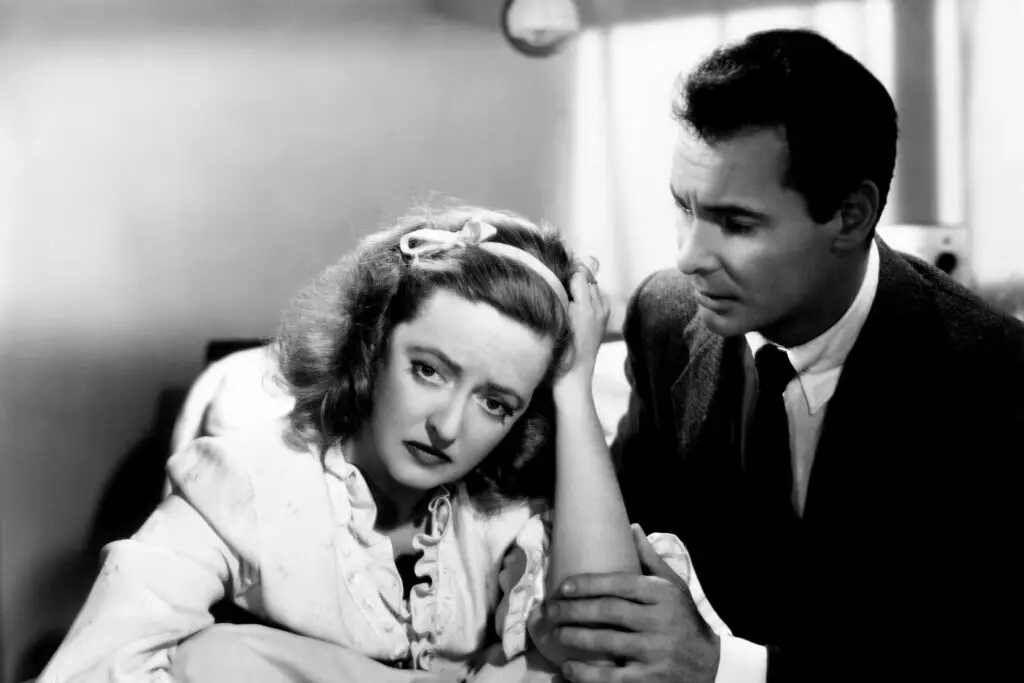
For much of history, getting a divorce was seen as scandalous, especially for women. A divorced woman was often judged as damaged goods, regardless of the reason for the split. Many people believed that if you couldn’t make a marriage work, something must be wrong with you. Social circles shunned divorced women, and in some places, their job prospects took a hit. Men had an easier time bouncing back, but even they weren’t immune to whispers says WNYC.
These days, divorce is just another life event. No one assumes it automatically means failure, and plenty of divorced people go on to have happy, fulfilling lives. Society now recognizes that staying in an unhappy or toxic marriage isn’t noble—it’s unnecessary. With almost half of marriages ending in divorce, it’s safe to say the stigma is long gone shares Business Insider.
3. Wearing White After Labor Day

Once upon a time, wearing white after Labor Day was a serious fashion faux pas. The “rule” originated in high society as a way to separate the wealthy from the working class. White was considered a summer fabric, something only the rich could afford to keep clean. When fall rolled around, wearing white supposedly signaled that you were out of touch or simply uncultured. Some social circles took it so seriously that breaking the rule could get you subtly (or not-so-subtly) snubbed.
Nowadays, no one cares when you wear white. Fashion trends come and go, and strict seasonal rules feel outdated. You’ll see people rocking white jeans or coats in the dead of winter without a second thought. The only time this “rule” gets brought up is in a joking way, proving just how silly it was in the first place.
4. Women Wearing Pants

There was a time when women wearing pants was downright scandalous. Society expected women to stick to dresses and skirts, and any deviation from that was considered rebellious. In the 19th and early 20th centuries, some women were even arrested for wearing pants in public. Famous figures like Amelia Bloomer and Katharine Hepburn challenged the norm, but the stigma remained strong. Some schools and workplaces even had strict dress codes banning women from wearing slacks.
Now, pants are just clothes. No one gives it a second thought, and most women wear them daily. It’s hard to imagine a time when something as simple as trousers could make or break a reputation. Thankfully, comfort and practicality won out, and women can now wear whatever they please without fear of scandal.
5. Having a Child Out of Wedlock
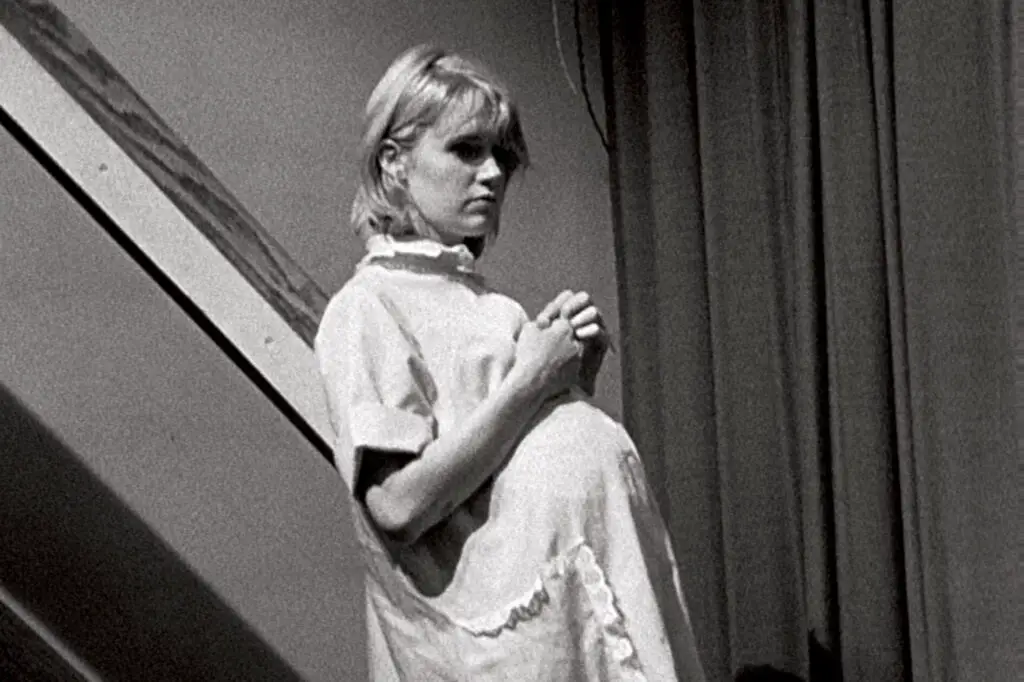
Once considered a major disgrace, having a child outside of marriage used to bring lifelong shame. Unmarried mothers were often ostracized, and their children were labeled as “illegitimate.” Some families disowned daughters who became pregnant, while others sent them away to give birth in secret. Women who kept their children faced judgment from all angles, struggling to find support or acceptance. Even in Hollywood, actresses were forced to hide pregnancies or fake marriages to avoid scandal.
Today, being a single parent or having a child out of wedlock is completely normal. Families come in all shapes and sizes, and no one assumes marriage is a requirement for parenthood. Celebrities, politicians, and everyday people openly raise children without traditional timelines. The outdated stigma has faded, making room for a more accepting and realistic view of modern family life.
6. Tattoos
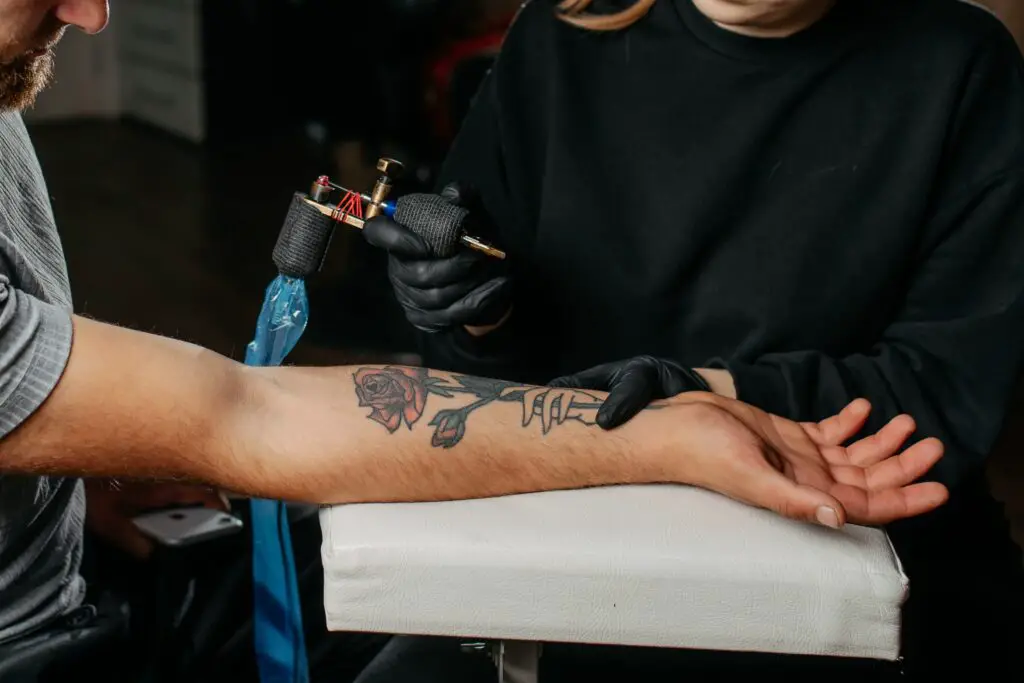
Tattoos were once seen as a sign of rebellion, crime, or poor character. Many workplaces had strict no-tattoo policies, and people with visible ink were often assumed to be troublemakers. The stigma was even stronger for women, who were labeled as “wild” or “unladylike” for having tattoos. Parents warned their kids that getting inked would ruin their job prospects forever. Some people even believed tattoos were reserved for criminals, bikers, or sailors.
Now, tattoos are mainstream. Plenty of professionals, from doctors to teachers, have visible tattoos, and no one blinks an eye. Tattoo art has gained widespread respect, and people get inked for personal, cultural, or artistic reasons. Instead of being a reputation-killer, tattoos are just another form of self-expression.
7. Being an Actress

There was a time when being an actress was considered shameful, especially for women. In the 19th and early 20th centuries, acting was often equated with a lack of morals. Women in theater were sometimes seen as little better than courtesans, and respectable families wouldn’t want their daughters associated with the profession. Even Hollywood’s early leading ladies had to work extra hard to be taken seriously.
Now, being an actress is one of the most glamorous and admired careers in the world. Actresses are celebrated, awarded, and respected in ways that would have been unimaginable in the past. The idea that acting was a disreputable career is laughable today. Society now views entertainment as an art form rather than a moral failing.
8. Men Having Long Hair
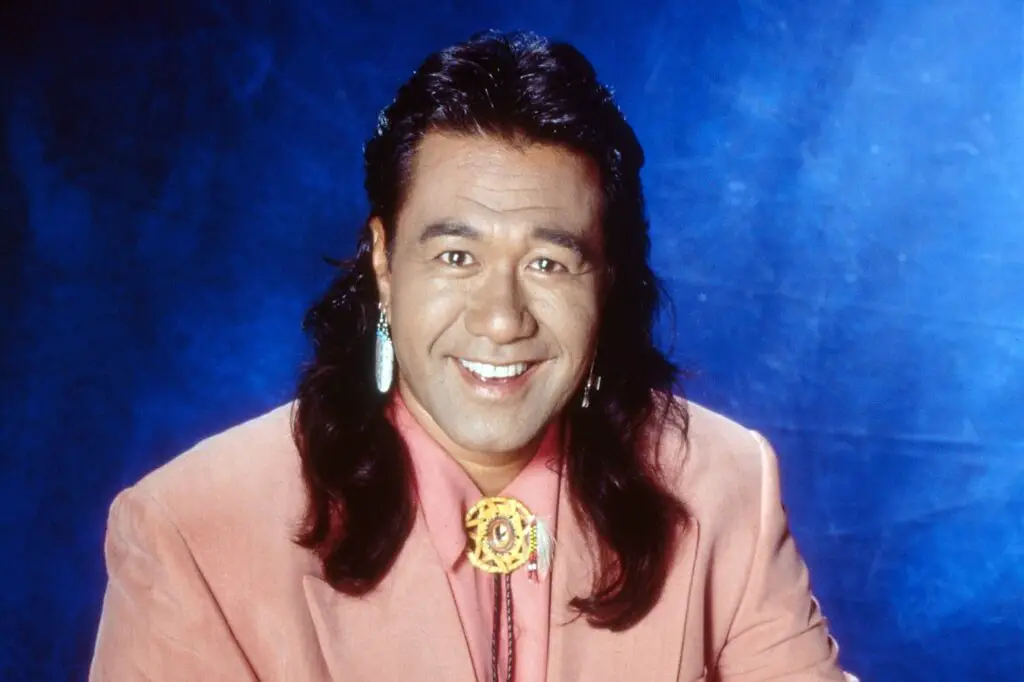
In the early 20th century, long hair on men was considered sloppy, unprofessional, and rebellious. Businessmen, military men, and most respectable men kept their hair short, and anyone with longer locks was viewed as suspicious. By the ’60s and ’70s, long-haired men were often labeled as hippies or delinquents. Some schools and workplaces even banned long hair on men, believing it signaled defiance.
Now, long-haired men are everywhere, from rock stars to CEOs. No one assumes long hair means anything about someone’s character. Grooming preferences are just that—preferences. The days of hair length affecting a man’s reputation are long gone.
9. Women Smoking in Public

At one point, women smoking in public was considered disgraceful. It was seen as improper, rebellious, or even immoral. Some places outright banned women from smoking in public, and those who did were often labeled as unladylike. In the early 20th century, cigarette companies even had to market smoking as a symbol of independence to break the stigma.
Now, smoking itself has a stigma—but not because of gender. If anything, society frowns on smoking in general due to health risks. The idea that a woman would be judged simply for lighting up in public is outdated. Now, people are more concerned with secondhand smoke than whether it’s coming from a man or a woman.
10. Listening to Rock ‘n’ Roll
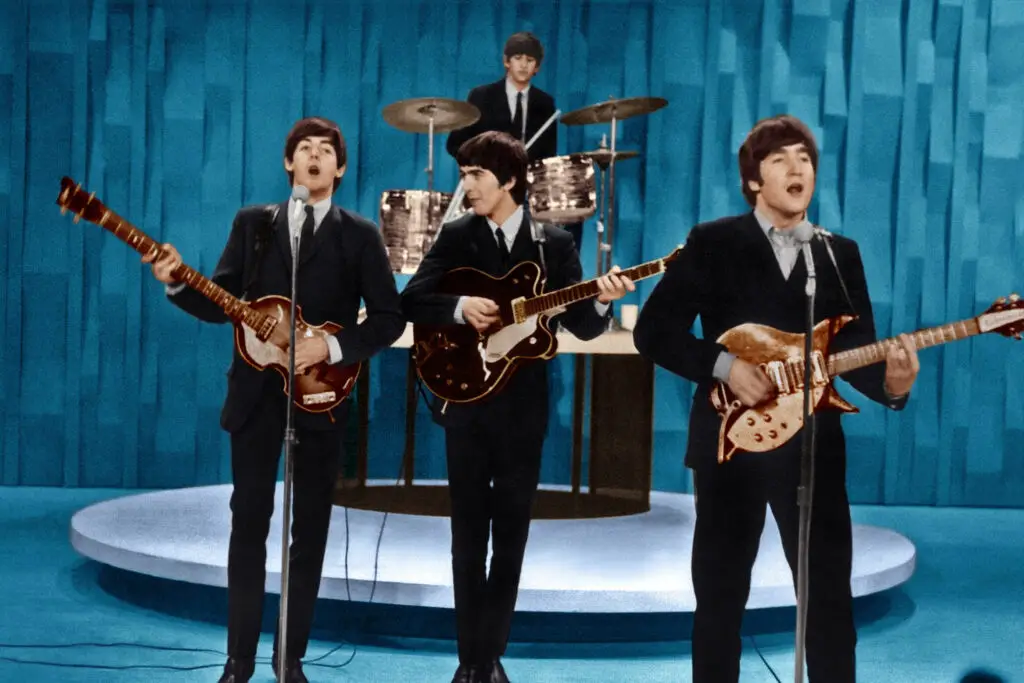
When rock ‘n’ roll first hit the scene in the ’50s, it was considered wild, rebellious, and even dangerous. Parents panicked, preachers preached against it, and some schools banned it outright. People thought the music encouraged bad behavior, from dancing too suggestively to outright delinquency. Elvis Presley’s hip-shaking performances were so scandalous that TV networks filmed him from the waist up. Some believed rock ‘n’ roll was corrupting America’s youth, leading them away from good morals.
Now, rock ‘n’ roll is a staple of music history. The same parents who once condemned it now sing along to The Beatles and The Rolling Stones. What was once considered shocking is now classic, and newer generations continue to embrace it. The idea that rock music was once seen as a dangerous force seems almost funny today.
11. Being a Working Mother

There was a time when a woman having a job after having kids was seen as selfish or unnatural. Society expected mothers to stay home and focus solely on raising children, while men were the breadwinners. If a woman worked, she risked being judged for “neglecting” her family, no matter how well she balanced everything. Even highly educated women were expected to give up their careers once they had kids. Some workplaces even refused to hire married women, assuming they’d quit once they started a family.
Today, working moms are the norm. Women successfully juggle careers and motherhood, and the stigma has largely disappeared. In many households, two incomes are necessary, and no one assumes a mother who works is doing anything wrong. While challenges still exist, the notion that a woman’s reputation suffers for having both a job and a family is outdated.
12. Piercings

Once upon a time, having multiple piercings—especially beyond a simple pair of earrings—was seen as rebellious. Nose rings, eyebrow piercings, and multiple ear piercings were considered signs of a wild or reckless personality. Some workplaces had strict policies against visible piercings, and parents often warned their kids they’d ruin their chances at a good job. In the ’80s and ’90s, piercings became more mainstream, but the stigma didn’t fully disappear. People with facial piercings were often stereotyped as being part of counterculture movements or rebellious subcultures.
Today, piercings are just another form of self-expression. It’s common to see professionals, teachers, and even corporate executives with small nose rings or multiple earrings. The old belief that piercings meant someone was unprofessional or irresponsible seems ridiculous now. If anything, they’re just another fashion choice that barely raises an eyebrow anymore.
13. Not Going to Church Every Sunday
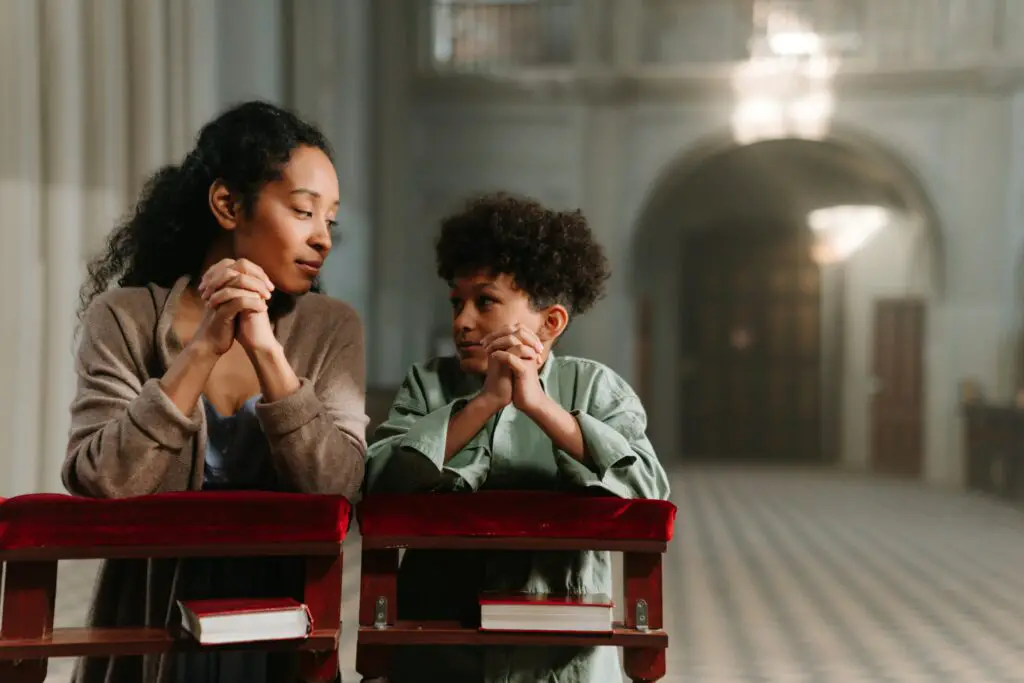
Skipping church on Sunday used to be a huge deal, especially in small towns and religious communities. A person who didn’t attend regularly risked being seen as disrespectful or even immoral. In some areas, businesses shut down completely on Sundays, reinforcing the expectation that everyone should be in church. Families who skipped services too often faced judgment, and kids could even be teased for having “heathen” parents. Religion was such a central part of life that missing a Sunday could make people question your character.
Nowadays, church attendance is much more personal. While many people still value their faith, it’s no longer assumed that everyone must attend weekly services. People practice religion in different ways, and missing a Sunday doesn’t carry the same weight. The idea that skipping church could harm your reputation now seems outdated, if not outright amusing.
